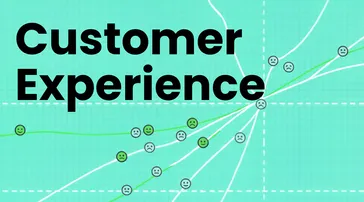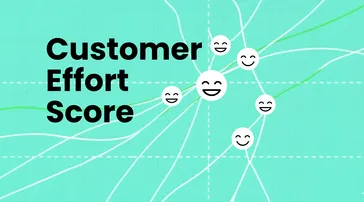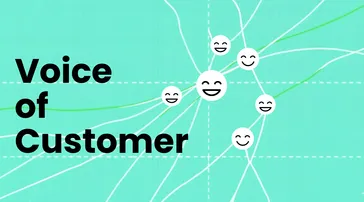6 min read
Listen and understand your customers. Win them at any stage of their journey.
cx Platform
In today’s business landscape, customer satisfaction has emerged as a crucial metric for success. Understanding and measuring customer satisfaction is paramount for companies looking to thrive and grow. Customer Satisfaction (CSAT) is a metric that allows businesses to gauge how well they meet their customers’ needs and expectations.
What is CSAT?
Customer Satisfaction (CSAT) is a widely used metric that quantifies customer satisfaction with a company’s products, services, or interactions. It provides a snapshot of the customer’s experience and their perception of the value received from a company.
CSAT is typically measured through a survey where customers are asked to rate their satisfaction on a scale, often ranging from 1 to 5 or 1 to 7, with 1 being very dissatisfied and the highest number indicating very satisfied. The results are then aggregated to calculate an average score.
Get started with our free CSAT survey template!
Why Does CSAT Matter?
Customer Loyalty: Satisfied customers are more likely to remain loyal to a brand. High CSAT scores often correlate with increased customer retention rates, which can substantially impact a company’s bottom line.
Word of Mouth: Happy customers are more inclined to recommend a business to their friends and family. Positive word-of-mouth marketing can be invaluable for acquiring new customers.
Improved Products and Services: Monitoring CSAT helps identify areas where a company can improve its products or services, making necessary adjustments to meet customer expectations.
Competitive Advantage: Companies with higher CSAT scores can use this advantage to differentiate themselves in the market.
When should you measure CSAT?
Measuring Customer Satisfaction (CSAT) should be an ongoing and strategic process rather than a one-time event. The timing and frequency of CSAT measurements can vary depending on your business model, industry, and customer touchpoints. Here are some key moments and instances when you should consider measuring CSAT:
After Customer Interactions: Measure CSAT immediately following customer interactions, such as after a customer support call, chat, or email exchange. This real-time feedback can help you gauge the customer’s satisfaction with the specific interaction.
After a Purchase: Send Customer Satisfaction Surveys to customers after they purchase or receive a product or service. This allows you to assess their satisfaction with the buying process, from browsing and purchasing to delivery and product quality.
After Service or Support Requests: If your business provides ongoing services or support, measure CSAT after resolving customer issues or completing service tasks. This helps you evaluate the effectiveness of your support team.
Onboarding and User Experience: In software as a service (SaaS) or tech companies, measuring CSAT during user onboarding and at key user journey milestones helps optimize the user experience.
Exit Surveys: When customers choose to cancel subscriptions, leave your platform, or discontinue using your services, conducting an exit CSAT survey can uncover reasons for their departure and potential areas for improvement.
How to Measure CSAT
Measuring CSAT effectively involves several steps:
Define Your Customer Touchpoints: Identify the key moments or interactions where customers engage with your business, such as after a purchase, customer support interactions, or product usage.
Create a CSAT Survey: Develop a simple survey with a clear and concise customer satisfaction survey question. For example, “How satisfied are you with your recent purchase?” with response options ranging from very unsatisfied to very satisfied.
Distribute the Survey: Send the CSAT Survey to customers through appropriate channels like email, your website, or mobile apps. Timing is crucial; surveys should be sent shortly after the customer’s interaction to capture their real-time sentiment.
Analyze and Aggregate Results: Collect and aggregate the survey results to calculate the CSAT score. You can use the following formula: CSAT = (Sum of Positive Responses / Total Responses) x 100For example, if you receive 150 positive responses out of 200 total responses, your CSAT score would be (150/200) x 100 = 75%.
Continuous Monitoring and Action: Regularly monitor CSAT scores and look for trends over time. A declining score might indicate emerging issues that need to be addressed promptly. Use the feedback collected to make data-driven improvements in your products or services.
Benchmarking: Compare your CSAT score to industry benchmarks or your own historical data to gain insights into your performance relative to competitors or your past performance.
What are the differences between CSAT, NPS, and CES?
Customer Satisfaction (CSAT), Net Promoter Score (NPS), and Customer Effort Score (CES) are three different metrics used to measure different aspects of the customer experience. Here’s how they differ:
Customer Satisfaction (CSAT):What it measures: CSAT survey measures overall customer satisfaction with a specific interaction, product, or service.
How it’s measured: Customers are typically asked to rate their satisfaction on a scale, often from 1 to 5 or 1 to 7, with higher numbers indicating higher satisfaction.
Use case: CSAT is commonly used to assess the satisfaction level of customers after specific touchpoints, such as a customer support interaction, a purchase, or a service request.
Example question: “How satisfied are you with your recent experience?”
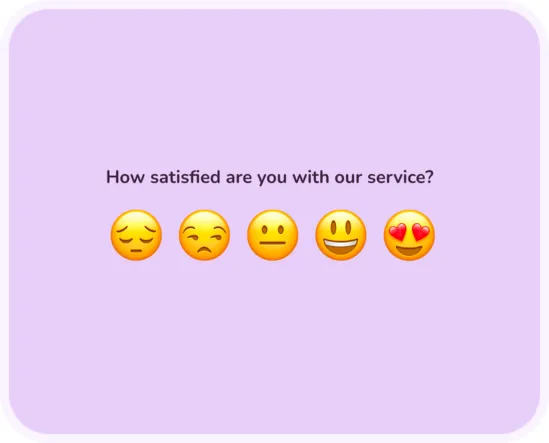
What it measures: NPS (Net Promoter Score) measures customer loyalty and willingness to recommend a company’s products or services to others.
How it’s measured: Customers are asked a single question: “On a scale of 0 to 10, how likely are you to recommend our company to a friend or colleague?” Based on their responses, customers are categorized as Promoters (9-10), Passives (7-8), or Detractors (0-6).
Use case: NPS is often used to assess overall brand loyalty and customer advocacy. It helps companies identify potential brand advocates and areas for improvement.
Example question: “How likely are you to recommend our product/service to others?”
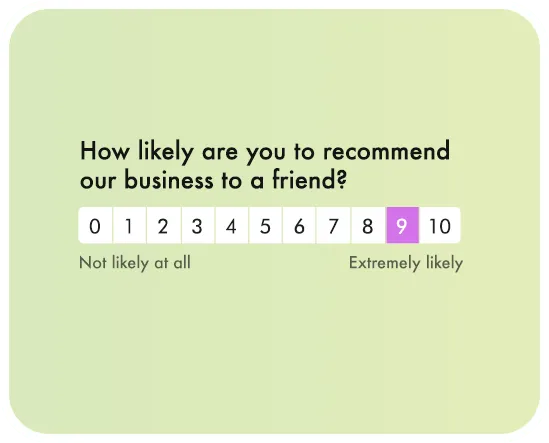
What it measures: CES (Customer Effort Score) measures the ease with which customers can complete a specific task, such as answering a question or resolving an issue.
How it’s measured: Customers are typically asked to rate the effort required on a scale, often from “very easy” to “very difficult.” Lower scores indicate lower effort, which is considered better.
Use case: CES is used to assess the ease of the customer journey, especially during support interactions. It aims to reduce customer effort, leading to higher satisfaction.
Example question: “How easy was it to resolve your issue today?”
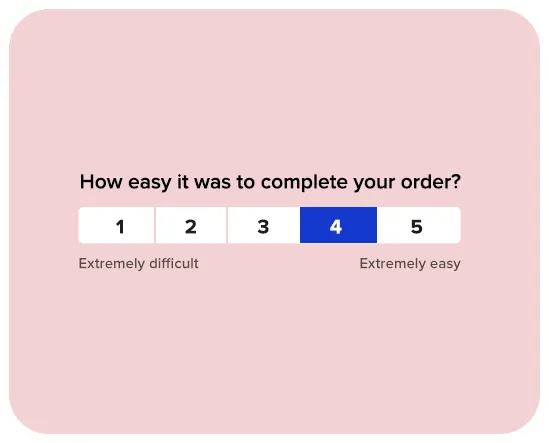
In summary, while all three metrics aim to measure aspects of the customer experience, they focus on different aspects:
CSAT: Measures overall satisfaction with a specific interaction or experience.
NPS: Measures customer loyalty and the likelihood of recommending a company.
CES: Measures the ease of completing a specific task or resolving an issue.
Customer Satisfaction (CSAT) is a crucial metric that allows businesses to gauge how well they meet customer expectations and provides valuable insights into areas that require improvement. By understanding what CSAT is, why it matters, and how to measure it effectively, companies can strengthen customer relationships, drive loyalty, and ultimately achieve long-term success in today’s competitive marketplace. Remember, satisfied customers are more likely to become loyal advocates and contribute to the growth and sustainability of your business.

